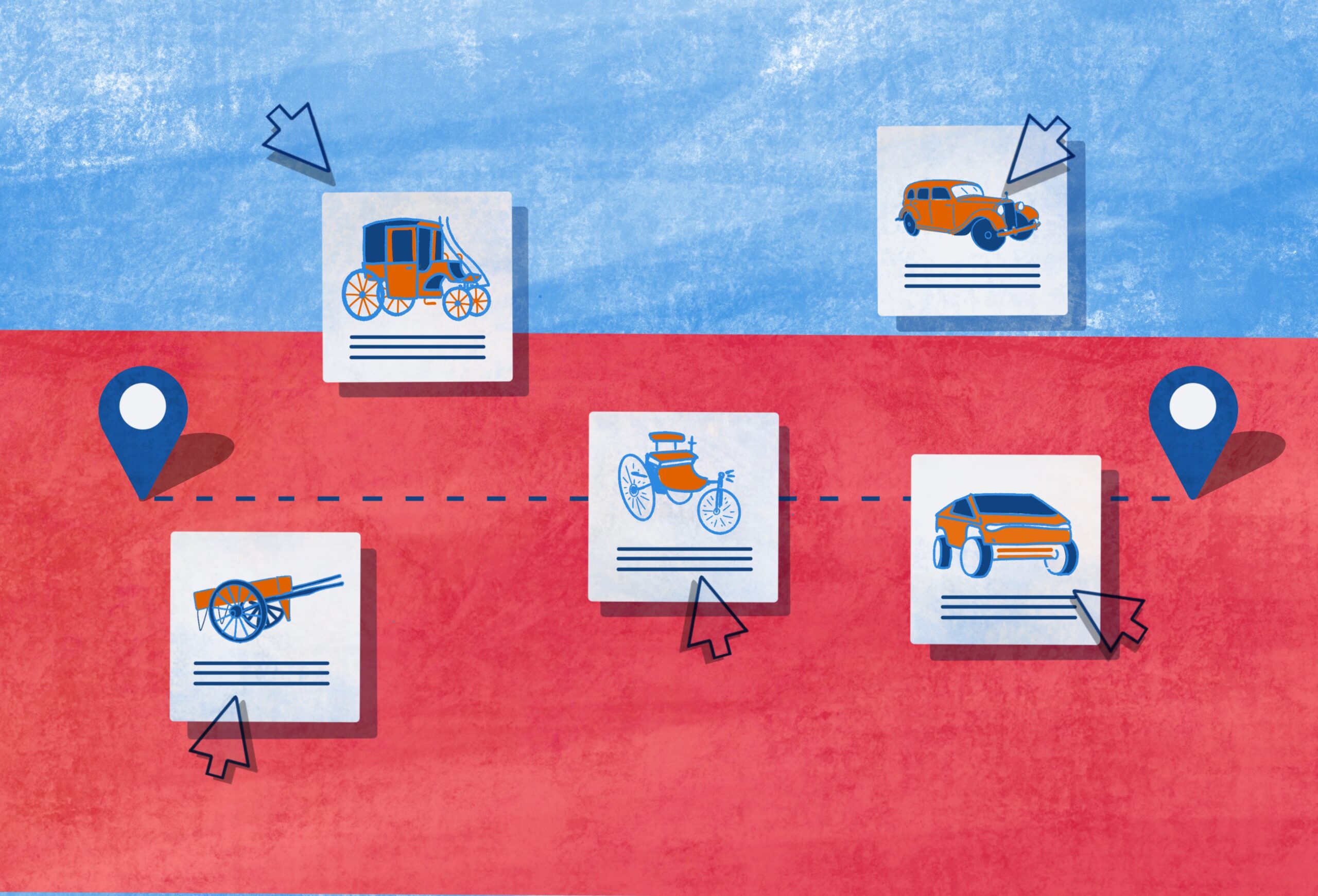
Timelines
Overview
Timelines is a method to illustrate the progress of projects, programs, institutions, or ideas. They are traditionally used to visually represent multiple actions, milestones, and expectations within projects or programs. They can be adapted for reflection on trends, parallel developments, correspondence between events, and strategic planning.
Use this method to:
- Understand complex scenarios and plot networks.
- Visualize a series of events and identify interconnected milestones.
- Activate prior learning or review previously learned concepts or events.
- Make history interesting.
- Present a new project and its different phases.
Details
- Duration: < 30 min
- Difficulty Level: Easy
- Group Size: 20 - 100
- Level of interaction: Low
- Multilanguage fit: no
- Preparation Time: Short
- Purpose: Access and motivation,Information exchange
- Type of Online Events: Workshop,Virtual conference,Webinar,Corporate town hall
Full instructions
Download pdf